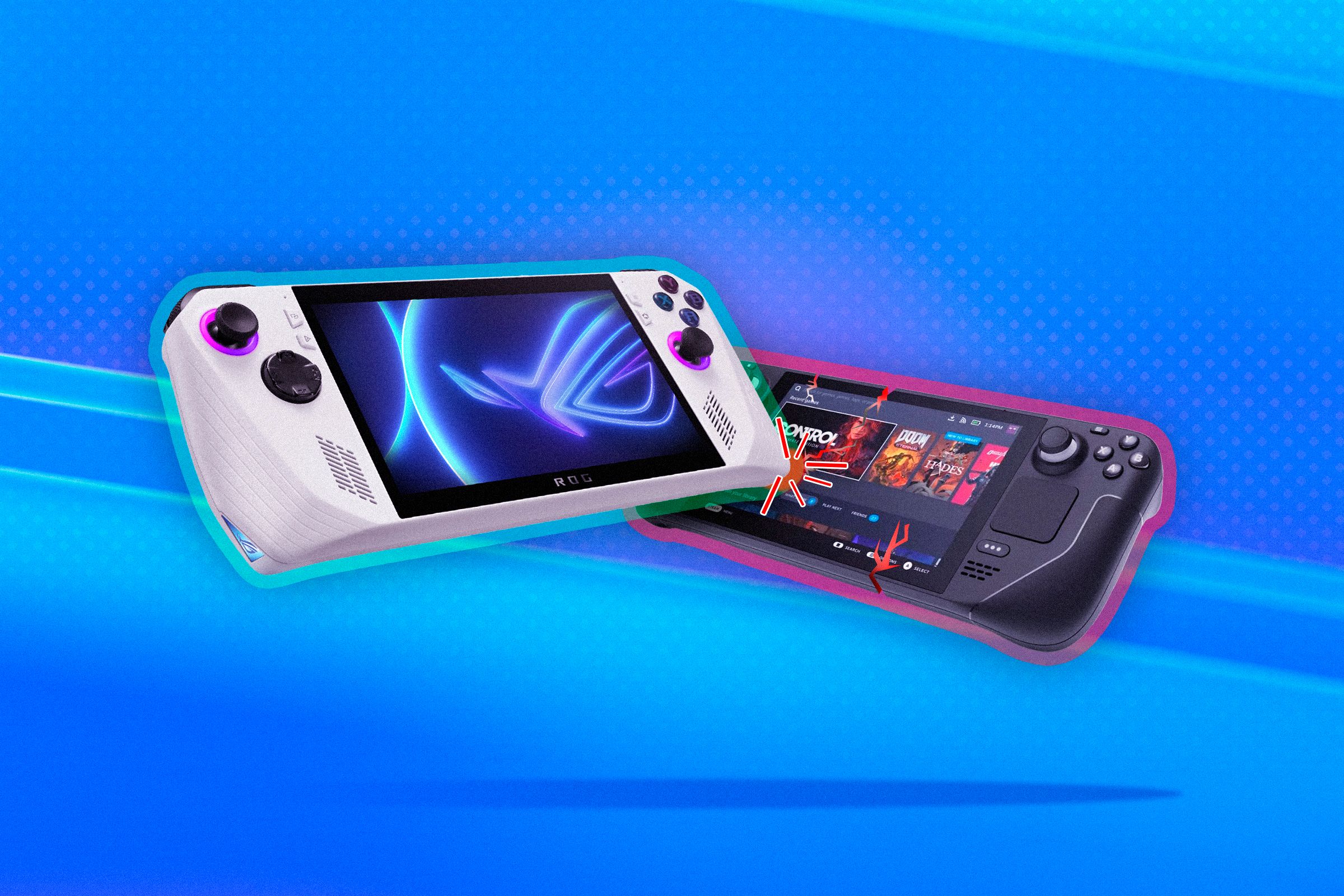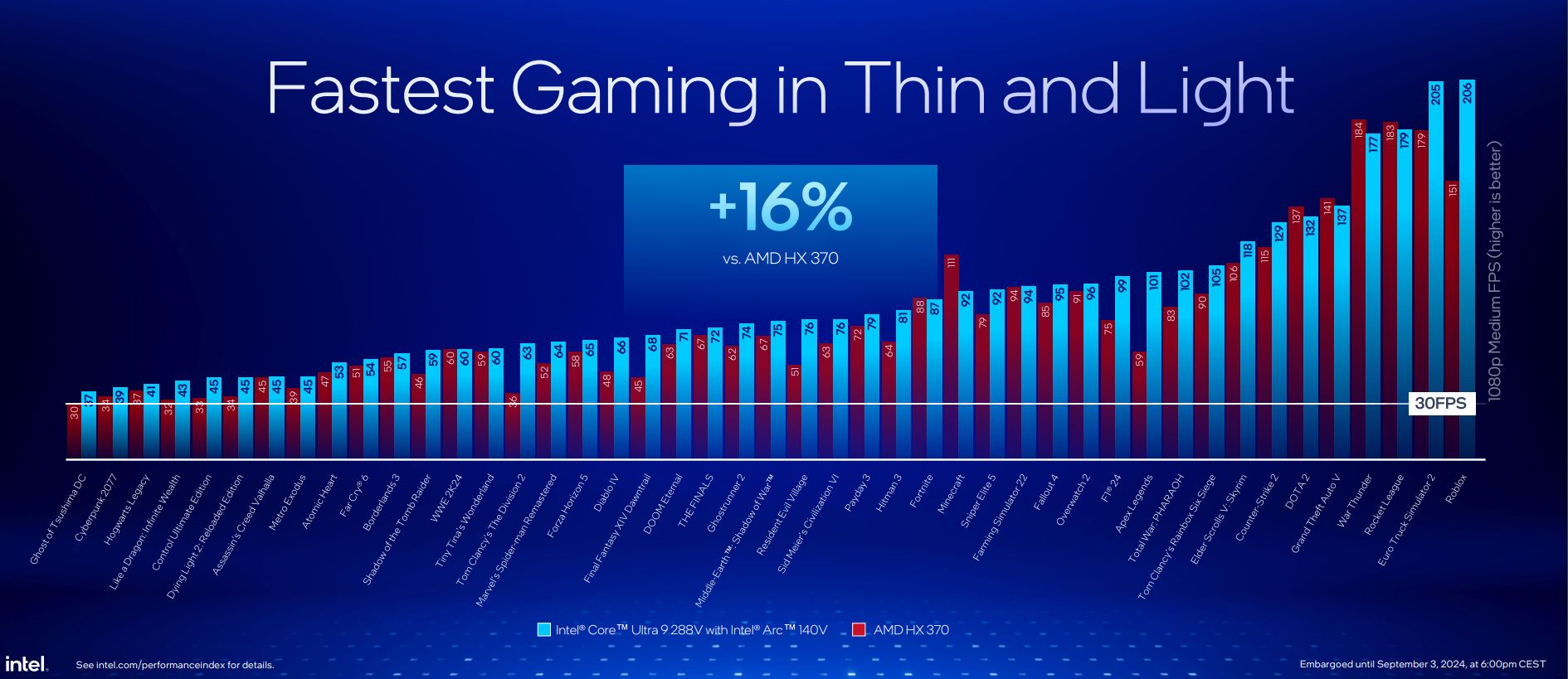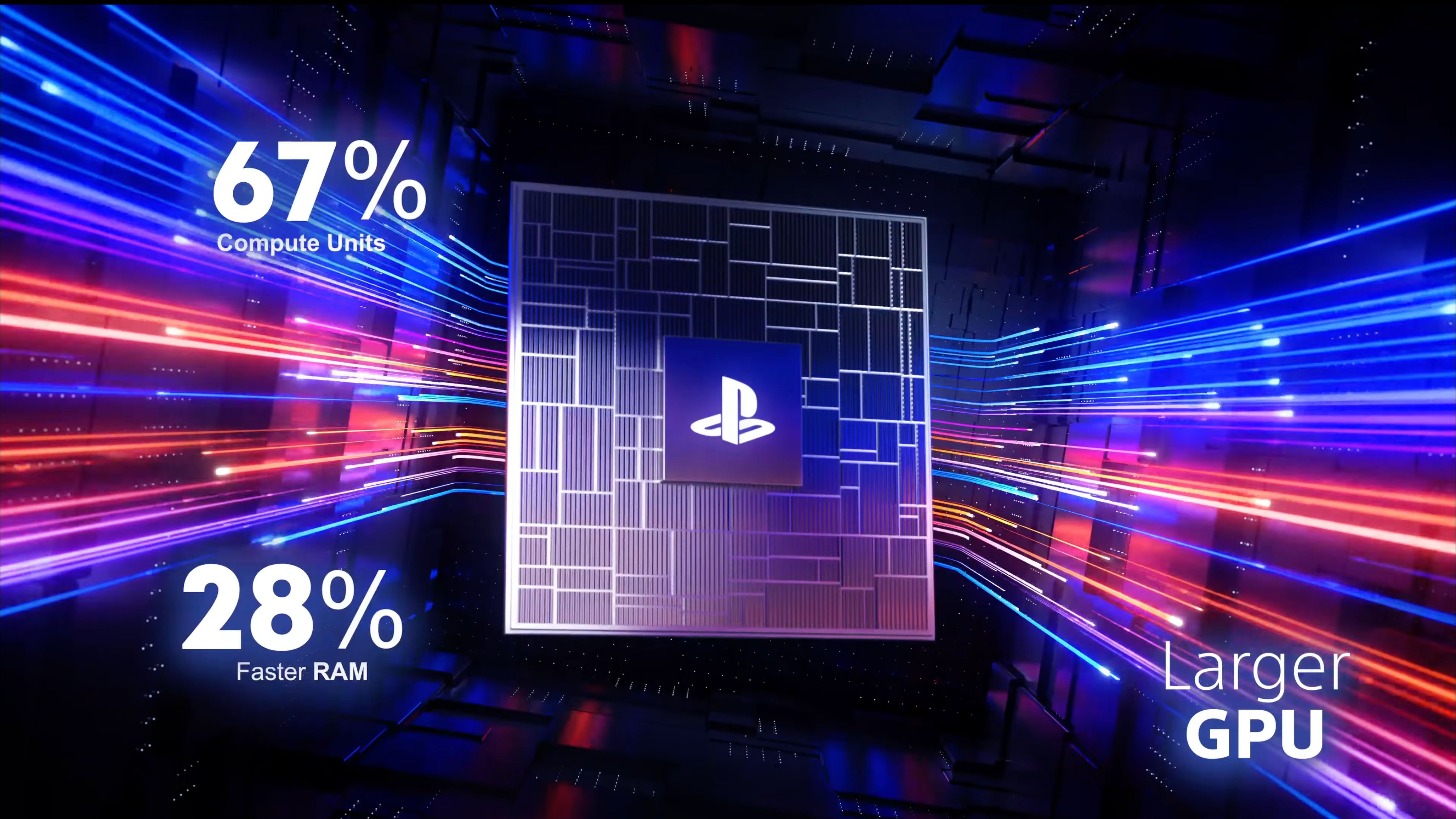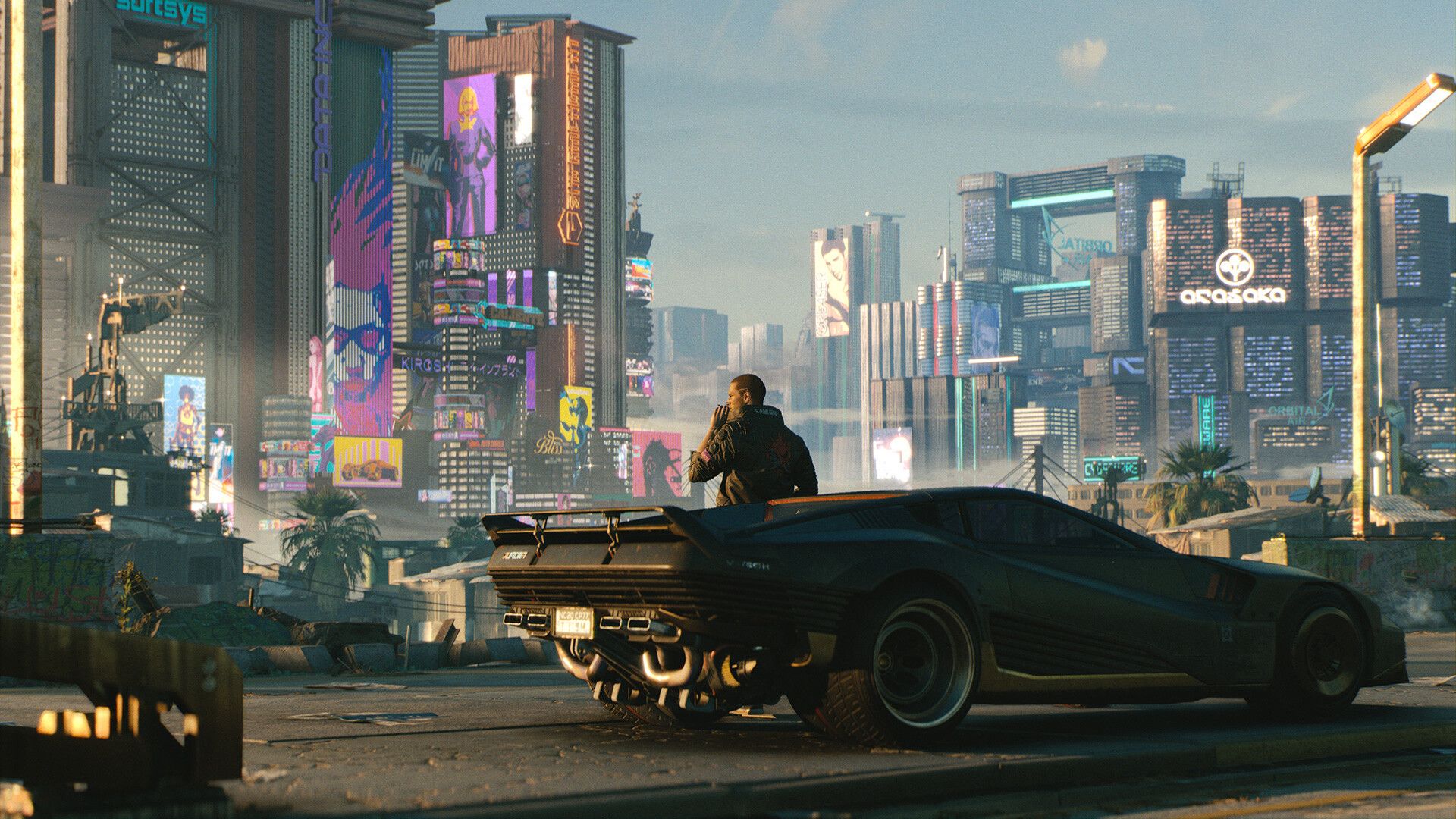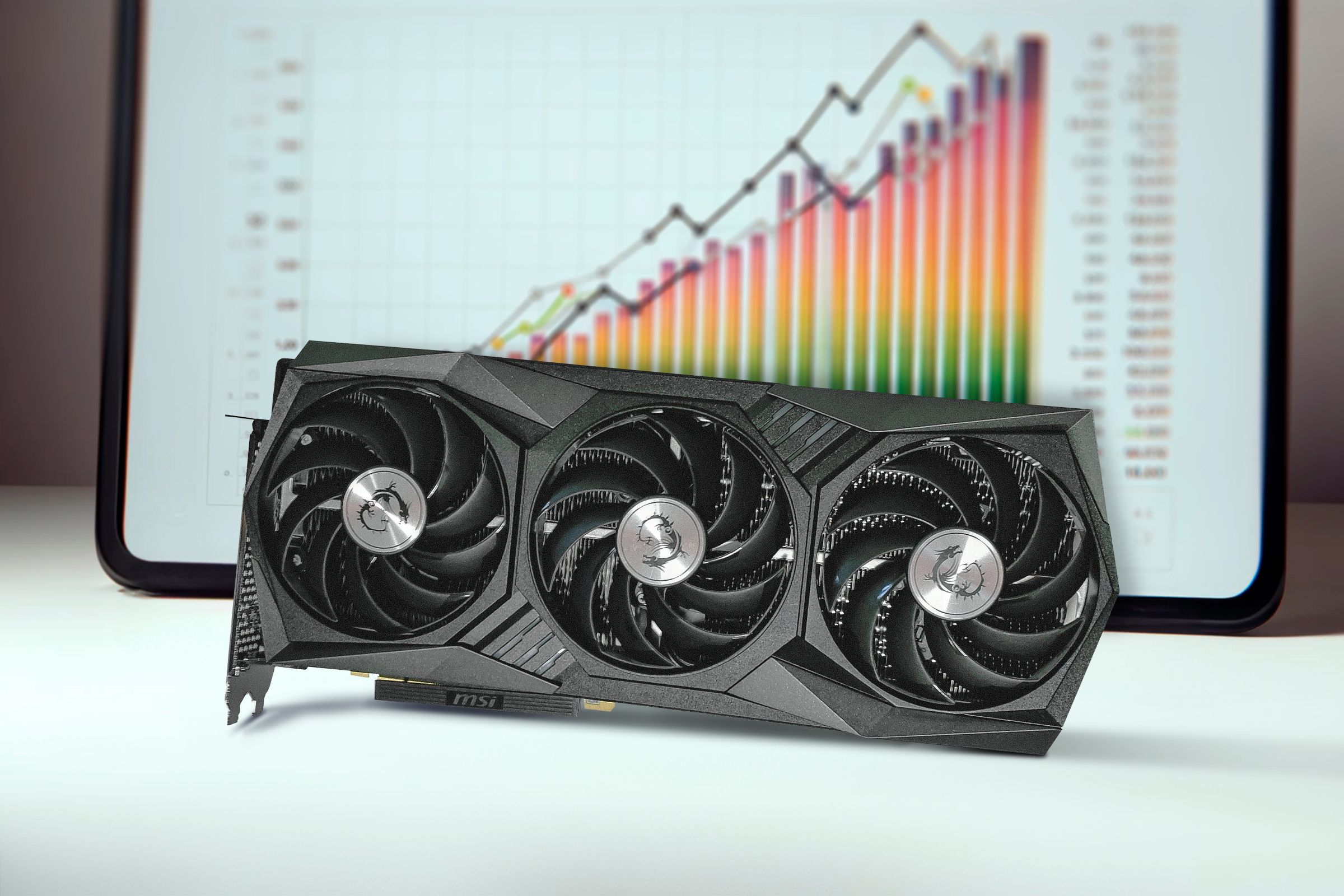AMD has officially announced the Ryzen Z2 Extreme, the successor to its first-gen PC gaming handheld APU, the Z1 Extreme. The chip is slated to arrive in early 2025, and I have a wishlist of features I’d like to see.
1 I Hope The Z2 Extreme is More Than Just a Rebrand
The AMD Ryzen Z1 Extreme was just a rebranded Ryzen 7 7840U mobile chip with its AI cores disabled—not that it mattered since the 7840U NPU provided only 10 TOPS of AI performance. Since the Z1 Extreme, along with Steam Deck’s APU, was AMD’s first stab at handheld-specific hardware, simply rebranding the 7840U and calling it a day was fine—not great, but also far from terrible.
This time, though, I’d like AMD to roll up their sleeves and create something more than a simple rebrand of one of their Ryzen AI 300 mobile CPU models. I want to see a custom iGPU, perhaps rocking Infinity Cache found in desktop RDNA GPUs, no more off-the-shelf CPU designs that simply copy CPU configurations seen on Ryzen AI 300 chips, and most importantly: an RDNA 4-based iGPU.
2 I Want An RDNA 4 iGPU
The current crop of Ryzen AI 300 CPUs features integrated graphics based on the RDNA 3.5 architecture, which introduces performance-per-watt improvements and which works better with LPDDR5, the dominant type of memory found in thin and light notebooks.
But if you’re creating a next-generation APU that targets handheld gaming PCs, which should make them performant enough to run upcoming AAA games released in 2025 and beyond at playable frame rates, RDNA 3.5 ain’t cutting it. To make matters worse, the flagship iGPU found in Intel Lunar Lake mobile CPUs is faster than the Radeon 890M, the fastest RDNA 3.5 iGPU AMD has in its arsenal, and the potential graphical engine found in the Z2 Extreme.
For these reasons, I’d really like to see the Z2 Extreme sporting an RDNA 4 iGPU. We already know that RDNA 4 should bring massive ray tracing performance improvements; after all, the GPU found in the PlayStation 5 Pro packs RDNA 4 ray tracing technology that allows it to double, in some cases even triple, the RT performance of the regular PlayStation 5.
I know that AMD hasn’t even announced the RDNA 4 GPU architecture yet and that the company’s mobile GPUs usually land quite some time after desktop models, but if AMD aims for the Z2 Extreme to be more than just a rebrand, I think they ought to equip it with the latest and greatest GPU tech they have. After all, RDNA 4 should arrive in late 2024 or early 2025, so the Z2 Extreme packing an RDNA 4 iGPU is technically possible.
3 Machine Learning-Based Upscaling
FSR 2 and FSR 3 can look quite decent on tiny PC gaming handheld screens. But DLSS, a machine learning-based form of upscaling and not temporal upscaling technology like FSR 2 and 3, trumps FSR even on my ROG Ally’s 7-inch screen. I often stream games from my PC to the Ally, and I clearly see improvements in image quality when using DLSS compared to FSR. Furthermore, Intel Lunar Lake mobile CPUs also have access to machine learning-based upscaling since XeSS is AI-based on Intel GPUs.
AMD has already revealed that FSR 4 will be fully AI-based, with one of the major reasons the company’s taking the machine learning route is to bring battery life improvements to PC gaming handhelds. Well, if they care so much about handheld gaming PCs, I’d like the company to include FSR 4 in the Z2 Extreme.
It remains to be seen whether FSR 4 will need an NPU to work—this route will most likely increase latency, but not enough to have a noticeable impact when gaming with a controller—or whether RDNA 4 will include machine learning hardware similar to Tensor cores in NVIDIA RTX GPUs.
Whichever’s the case, unless the Z2 Extreme is just a stopgap for the real deal, the Z3 Extreme equipped with RDNA 4 hardware and with support for FSR 4, the Z2 Extreme needs to support FSR 4. Otherwise, handhelds equipped with the Z2 Extreme will miss out on the most important GPU-related advancement AMD has made in years.
4 Six CPU Cores
The Z1 Extreme is a serviceable handheld chip, but its biggest flaw is the fact it comes with eight CPU cores. Calling it overkill would be an understatement, considering that the GPU part of the equation barely runs new AAA games at 30 frames per second with low detail.
A much better combo would’ve been if AMD had paired the six-core CPU from the regular Z1 with the Radeon 780M iGPU found in the Z1 Extreme, but oh well.
Personally, I’d like to see a six-core Zen 5 CPU inside the Z2 Extreme. Heck, even a four-core Zen 5 CPU would be more than enough for a PC gaming handheld. I’m willing to bet that a four-core Zen 5 CPU wouldn’t bottleneck the iGPU in a single game, be it an AAA behemoth or a lightweight esports title.
AMD could also get creative and base the Z2 Extreme around a six-core CPU made of two Zen 5 CPU cores for optimal single-threaded performance and four smaller Zen 5c cores to aid the big Zen 5 cores in CPU-heavy games that can utilize more than a couple of CPU threads, such as Cyberpunk 2077 or the recently released Warhammer 40,000: Space Marine 2.
Whatever the final design ends up being, I just hope we don’t end up with an overkill CPU paired with an underpowered GPU again.
5 AutoTDP
AutoTDP is one of Steam Deck’s best features, and it’s high time we got a similar feature on Windows gaming handhelds. Instead of having to find the right power profile or tweak the manual power profile on the ROG Ally, on Steam Deck you simply launch the game and let the system decide how much power the device will use to reach the desired frame rate.
Now, I don’t know if Microsoft has to update Windows 11 to allow manufacturers to implement AutoTDP—it looks like this isn’t a requirement since Lunar Lake offers some form of AutoTDP—or whether hardware manufacturers can implement the feature on their own, but AutoTDP has to land on Windows gaming handhelds sooner rather than later, and the Z2 Extreme would be a perfect AMD platform for the feature to debut on.
6 At Least 30% Higher Gaming Performance Than the Z1E
Achieving 30% higher gaming performance in a single generational upgrade isn’t as easy as it sounds, but for the Z2 Extreme to remain relevant longer than a year or so, a gaming performance improvement of at least 30% is a must.
Personally, I’d like to see a gaming performance bump of about 40% or higher, but this is highly unlikely, especially for an integrated GPU. I’d also like to see a major improvement in ray tracing performance, one of the reasons I’m rooting for an RDNA 4 iGPU at the heart of the Z2 Extreme.
RDNA 4 should also bring a massive ray tracing performance upgrade, as seen on the PlayStation 5 Pro. Considering that you can’t disable certain ray tracing effects in some recent AAA games such as Avatar: Frontiers of Pandora and Star Wars Outlaws and that we’ll get more and more games with mandatory ray tracing effects in the future, highly improved ray tracing capabilities of the Z2 Extreme iGPU would make the next generation of PC gaming handhelds finally capable of delivering playable performance with ray tracing enabled.
I have high hopes for the Z2 Extreme, and I hope AMD doesn’t plan to just slap the Z2 Extreme label on an existing Ryzen 300 AI CPU and call it a day like they did with the Z1 Extreme. PC gaming handhelds have become quite popular in the last couple of years, and it’s nigh time we got Windows handheld gaming hardware specifically designed for handhelds, rather than just a rebranding of a laptop CPU.


